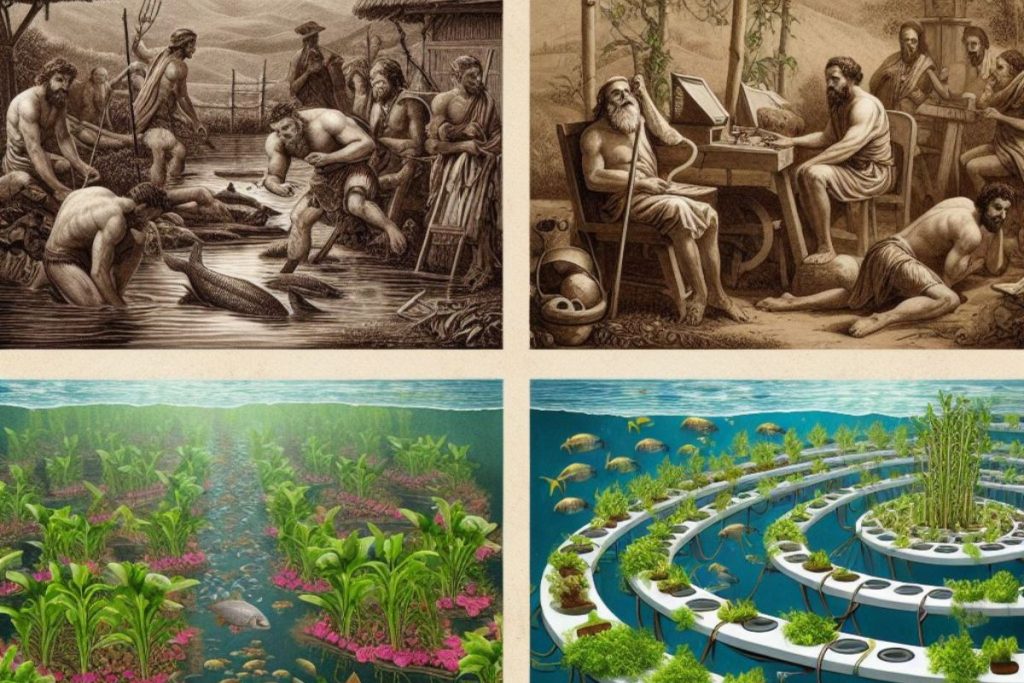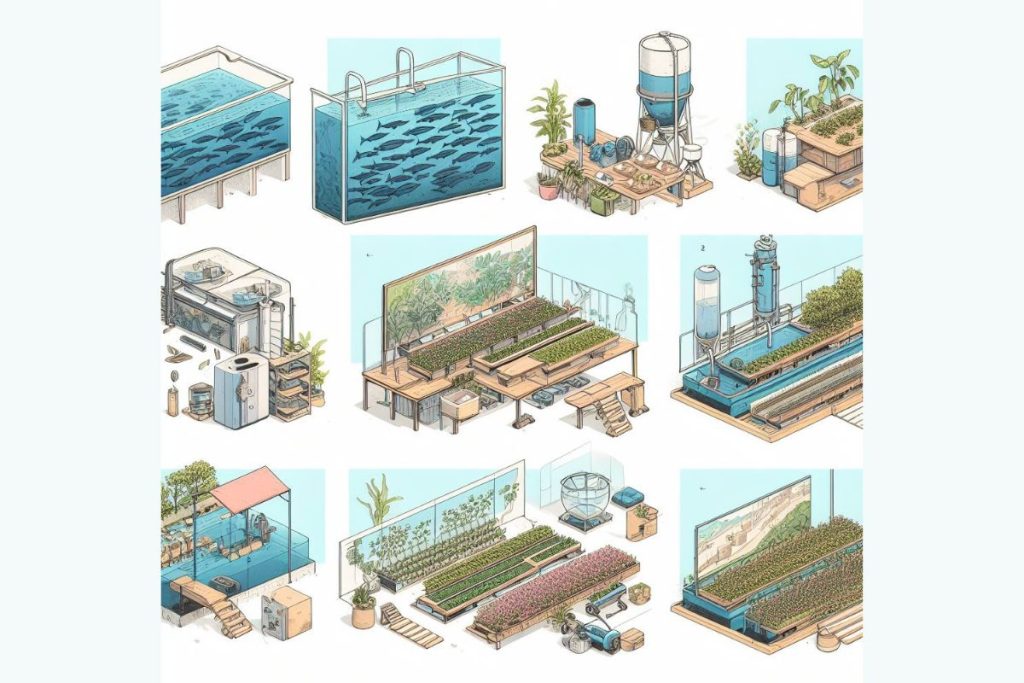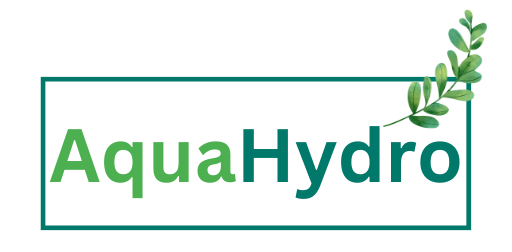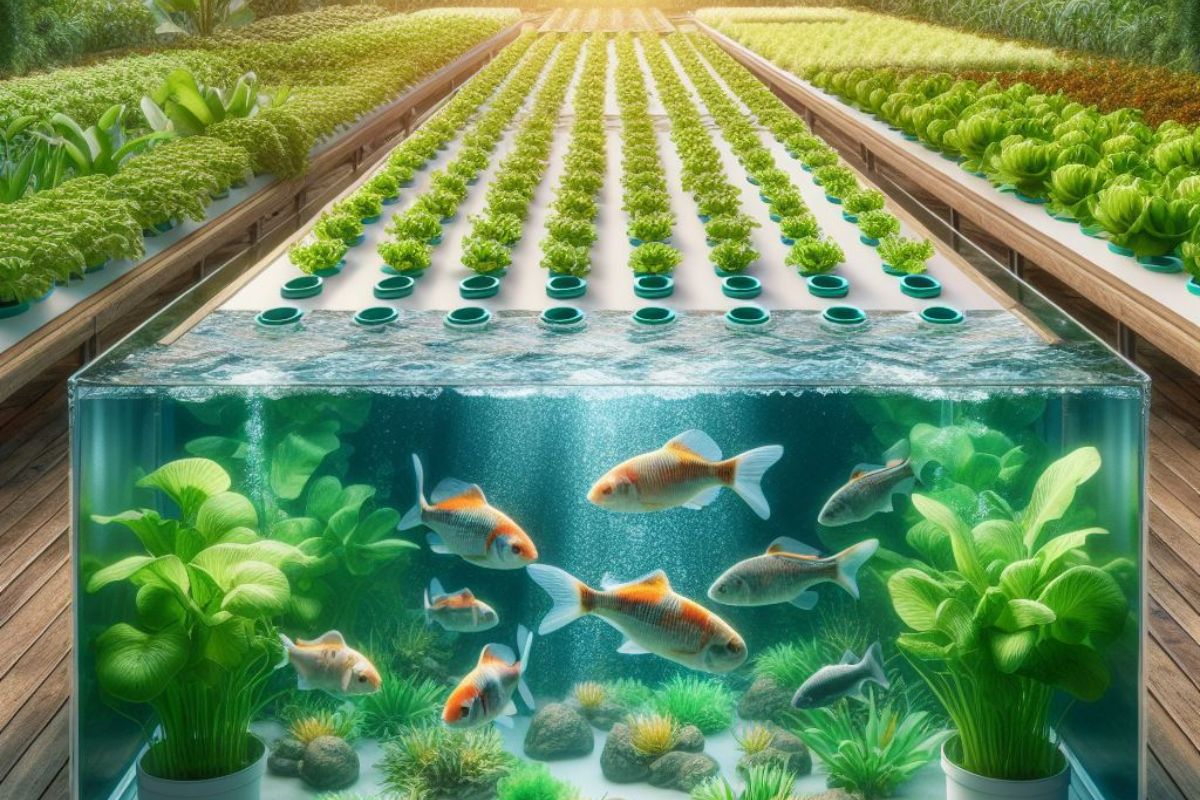In the world of sustainable agriculture, there’s a groundbreaking technique that has been gaining momentum and making waves in recent years – Aquaponics. At its core, aquaponics represents a harmonious marriage between aquaculture (fish farming) and hydroponics (soilless plant cultivation). It’s a revolutionary approach that not only maximizes the use of resources but also yields remarkable benefits for both the environment and food production. In this comprehensive guide, we delve deep into the world of aquaponics, exploring its origins, benefits, and how it’s reshaping the way we grow our food.
The Birth of Aquaponics

Aquaponics, in essence, is a modern twist on age-old agricultural practices. Its roots can be traced back to ancient civilizations, where ingenious farmers recognized the symbiotic relationship between fish and plants. However, it wasn’t until the 20th century that aquaponics began to take shape as we know it today.
The Convergence of Fish and Plants
In aquaponics, the concept is elegantly simple. Fish, typically freshwater species like tilapia, koi, or catfish, are raised in tanks. These fish excrete waste, primarily ammonia, which, in a conventional fish farming setting, would need constant removal and treatment to prevent water pollution. But in aquaponics, this waste becomes a valuable asset.
The Aquaponics System: How it Works

- The Fish Tank (The Aquaculture Component)
In the aquaponics system, the fish tank is the heart of the operation. This is where fish are nurtured, and their waste is collected. As fish feed, they excrete ammonia-rich waste into the water, creating an ideal environment for bacteria.
Ammonia is toxic to fish, but nature has a solution. Beneficial bacteria, known as nitrifying bacteria, thrive in the system and convert ammonia into nitrites and then into nitrates, which are essential nutrients for plants.
- The Hydroponics Component
Plants play a vital role in the aquaponics ecosystem. The nitrates produced by the biofilter are pumped into a hydroponics subsystem, where plants receive the essential nutrients needed for growth. This simultaneous cultivation of fish and plants creates a self-sustaining cycle, where each element benefits the other.
- The Grow Beds
In the hydroponics component, grow beds are utilized to host various crops, from leafy greens like lettuce and kale to herbs and even fruiting plants like tomatoes. The plants absorb the nitrates, effectively purifying the water, which is then recirculated back into the fish tank.
The Advantages of Aquaponics
- Sustainable Water Usage
One of the most remarkable advantages of aquaponics is its water efficiency. Traditional farming methods require vast amounts of water, while aquaponics systems use a fraction of it. This makes it a game-changer in regions facing water scarcity.
- Minimal Chemical Usage
Unlike traditional farming, which often relies on chemical fertilizers and pesticides, aquaponics systems thrive on natural processes. This results in cleaner, healthier produce without the need for harmful chemicals.
- Space Efficiency
Aquaponics systems can be set up in relatively small spaces, making them ideal for urban farming and maximizing land use.
- Year-Round Cultivation
Thanks to the controlled environment of aquaponics, crops can be grown year-round, independent of weather conditions, ensuring a consistent food supply.
- Increased Crop Yield
Studies have shown that aquaponics can produce up to four times the amount of crops compared to traditional soil-based farming, making it an efficient solution for feeding a growing global population.
Aquaponics Around the World
Aquaponics has gained a strong foothold in various parts of the world, with passionate enthusiasts and commercial operations alike. Countries like the United States, Australia, and the Netherlands have seen significant growth in aquaponics adoption, both at the community and industrial levels.
Getting Started with Aquaponics

- Selecting the Right Fish
Selecting the appropriate fish species is essential for the success of an aquaponics system. Factors to consider include water temperature, growth rate, and compatibility with the chosen plants.
- Building Your System
Whether you’re planning a small-scale backyard setup or a larger commercial venture, building an aquaponics system requires careful planning and construction. Many resources and guides are available to assist with this process.
- Plant Selection
Different plants thrive in aquaponic systems, so selecting the right crops for your system and climate is essential. Leafy greens, herbs, and certain fruiting plants are popular choices.
The Future of Agriculture
As we face mounting challenges in traditional agriculture, from climate change to resource depletion, aquaponics emerges as a beacon of hope. Its sustainable, efficient, and eco-friendly approach to food production not only addresses these challenges but also opens up new opportunities for a greener, healthier future.
In conclusion, aquaponics is not merely a farming technique; it’s a paradigm shift in how we approach food production. Its potential to provide a sustainable source of fresh, healthy produce while conserving resources and minimizing environmental impact is undeniable. As we continue to innovate and refine aquaponics systems, we are witnessing a return to our roots, a return to a more harmonious and sustainable way of growing food.

